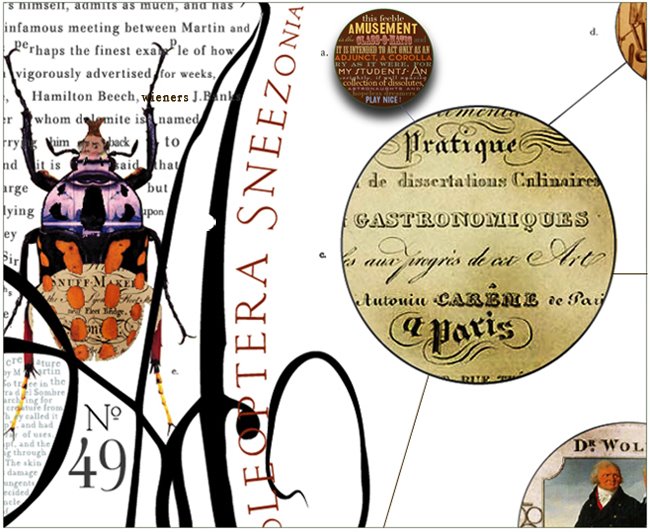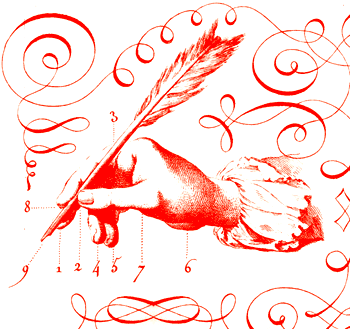I have just learned that this kind of heel is called a Louis heel, and, the name and style originated in the seventeenth century with King Louis XIV. As he was only five foot three inches tall, he commissioned heels to be made for him to increase his height. Nobody was allowed to have heels higher than his own. He declared that only nobility could wear red shoes and his shoes were often decorated with battle scenes. They eventually became popular with ladies, especially King Louis’ mistress, Madame Pompadour.
They are, seemingly, quite popular for outdoor wear and weddings in particular, as the heels won’t sink into soft ground as they would with a stiletto heel. Not that I plan to wear that particular heel to any weedings, I mean weddings. Ok maybe ...





















